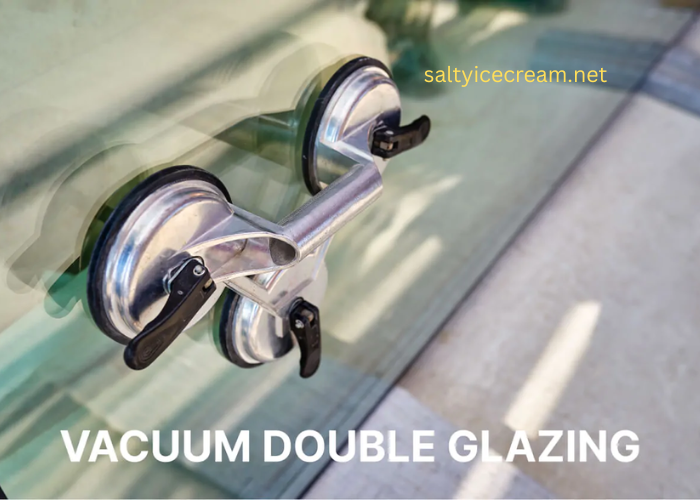In the quest for high performance glazing, the elegance of Vacuum Insulating Glass (VIG) lies not in bulk but in precision engineering. At HaanGlas, our R\&D has refined three core elements—micro-spacers, edge seals, and the vacuum cavity—into a synergy that consistently delivers U-values approaching 0.47 W/m²·K or better. This article unpacks how each component works, why they matter, and how together they produce breakthrough thermal performance.
-
The Vacuum Cavity: Eliminating Convection & Gas Conduction
The foundation of VIG’s high performance is its ultra-thin vacuum cavity (on the order of 0.15 mm in HaanGlas designs). By reducing the internal pressure to \~10⁻⁴ Pa, the cavity removes practically all gas molecules, effectively eliminating heat transfer via convection or gas conduction. This leaves only solid conduction (through micro-spacers and glass) and radiation to manage. (See HaanGlas’ FAQ page explaining how vacuum removes convection pathways.)
In fact, HaanGlas test data show that the vacuum chamber reduces internal heat transfer to \~20% of what it would be in a typical double glazing unit.
-
Micro-Spacers (Support Pillars): Minimal Conduction, Maximum Stability
Within the vacuum cavity, glass panes must be precisely and uniformly kept apart despite atmospheric pressure trying to collapse them together. That’s where micro-spacers (also called support pillars) come in. These pillars, placed in a grid pattern (e.g. 25 mm, 30 mm, 40 mm spacing in HaanGlas VIG PRO), act as microscopic columns that carry compressive load while minimizing heat conduction.
HaanGlas’ Vacuum Glass Structural Performance page explains how the spacing distance, pillar diameter, and material all factor into bending stress, contact stress, and pillar compression.
Because the pillars are extremely small and spaced optimally, they contribute only a minimal thermal bridge. Combined with the vacuum cavity, the net effect is a dramatically reduced thermal path.
-
Edge Seals: Maintaining Vacuum & Preventing Leak Paths
Even with a perfect vacuum and ideal pillar layout, VIG performance hinges on the integrity of the edge seal—the boundary where glass panes meet and the vacuum is maintained. HaanGlas applies a low-temperature metal sealing technology (rather than high-temperature glass solder) to avoid inducing stress or annealing in the glass edge. This helps preserve uniform strength and structural stability.
This low-temperature approach resists thermal cycles, differential expansion, and mechanical fatigue—all critical for maintaining vacuum over decades. Without a robust edge seal, micro-leakage over time would degrade insulation performance.
-
The Synergy: Why the Whole Is Greater Than the Sum
When these three components are optimized together, the result is ultra-low U-values—even with a very thin overall thickness (e.g. 3 mm + 0.15 mm + 3 mm). HaanGlas’ VIG Basic and VIG PRO product pages offer side-by-side performance data:
Basic version achieves \~0.50 W/m²·K
PRO version can reach \~0.47 W/m²·K
Beyond thermal performance, you also get benefits like >36 dB sound insulation, condensation resistance at –70 °C, maximum sizes up to 1600×3000 mm, and expected lifetimes of 25+ years.
-
Overcoming Real-World Challenges
In real buildings, temperature gradients between interior and exterior glass surfaces can cause bending stresses. Also, atmospheric pressure and wind loads act on the unit. The combined design of micro-spacers and edge seal must absorb these stresses without yielding.
HaanGlas’ structural performance tests demonstrate that HaanGlas PRO units withstand up to ±9,000 Pa wind pressure while retaining integrity.
Hybrid designs (VIG + laminated glass or VIG + IGU) are also possible for large facades or safety-critical installations.
-
Why This Matters for You
Ultra-thin profile: No thick triple glazing needed to reach high performance.
Frame compatibility: Ideal for retrofits in existing frames.
Longevity & reliability: Stable vacuum and durable seals over decades.
Thermal + acoustic performance: Dual benefit for energy and comfort.
Scalable to large sizes: Up to 1600×3000 mm in many projects.

